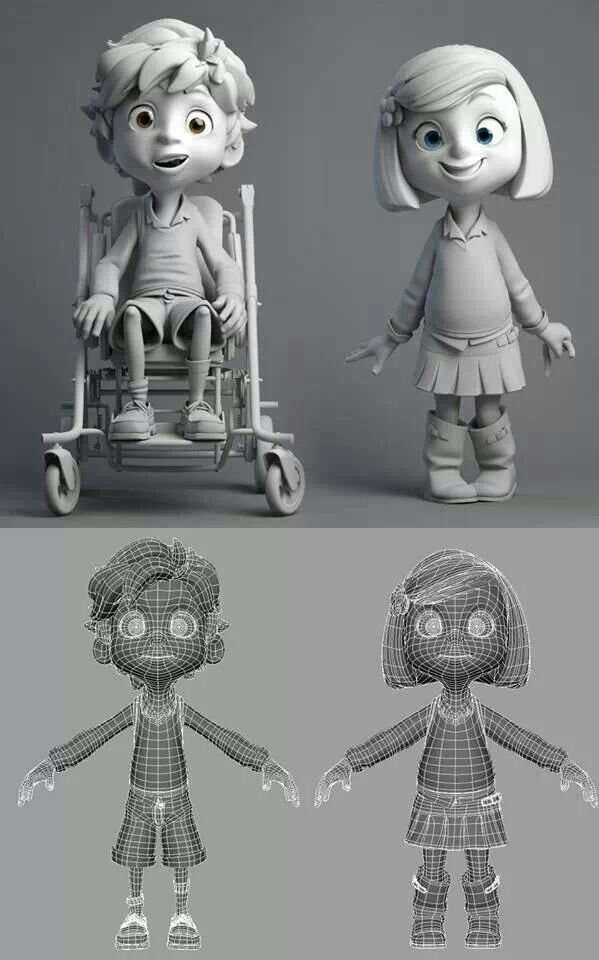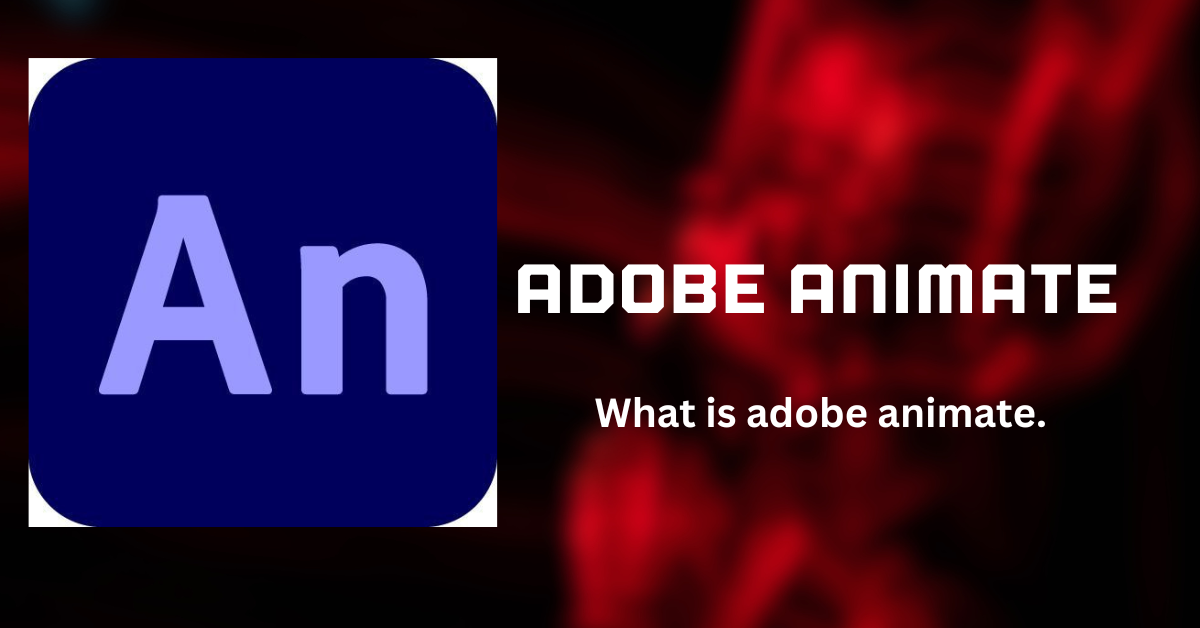
What is 3D Animation
Overview of 3D Animation
3D animation is the process of creating three-dimensional moving images within a computer environment. 3D animation adds depth to 2D animation, which is flat and just displays height and breadth, giving the images a more realistic and engrossing appearance. Numerous sectors, including film, gaming, advertising, and virtual reality, heavily rely on this type of animation.

The Basics of 3D Animation
Animators use specialist software such as Blender, Maya, or Cinema 4D to produce 3D animations. There are usually multiple stages to the process:
Modeling in:
Creating the environments, characters, and objects is the initial phase in 3D animation. Animators accomplish this through modeling by using various methods like edge modeling, box modeling, or digital sculpting to create a 3D mesh that serves as the object’s skeleton.
Texturing:
The 3D models’ surfaces are coated in textures after modeling. Texturing is the process of giving the model color, patterns, and other elements to give it a realistic appearance. This is comparable to covering the 3D mesh with painted skin.
Skinning and Rigging:
To To enable a model to move, animators construct a skeleton, also known as a rig, from a number of connected bones. They attach the 3D model to this rig through a process called skinning, which allows the model to move with the bones.
Animation:
In this step, animators animate the models by moving them around in the virtual environment. They define keyframes as the precise moments when an item or character shifts position. The software then produces smooth motion by interpolating the movement between these keyframes.
Lighting in 3D Animation:
In 3D animation, lighting plays a vital role in creating the right atmosphere and adding to the scene’s realism. To replicate real-world lighting effects like shadows, reflections, and light intensity, animators add digital lights to the scene.
Rendering:
Final step rendering In order to produce the final image or series of images, the computer processes all the data (models, textures, lighting, and animations). It can take a while to render, particularly for intricate images with intricate lighting and texturing.
Applications of 3D Animation
Several industries use animation, including:
Entertainment:
It produces lifelike characters and amazing visual effects in films and video games. It is often used in popular movies like “Toy Story” and video games like “Fortnite”.
Advertising:
Businesses utilize It to provide captivating product demos and advertising. It aids in product visualization in a manner that may not be possible with traditional photography or filmmaking.
Computer Games:
It plays a major role in the video game industry’s ability to produce immersive experiences. Modern video games frequently depict their characters, landscapes, and special effects in three dimensions, giving gamers a more immersive and lifelike experience. The potential of animation in gaming is demonstrated by titles such as “Overwatch,” “Fortnite,” and “The Witcher 3.”
Interior Design and Architecture:
It is used in interior design and architecture to provide lifelike renderings of spaces and buildings before they are constructed. This gives designers and architects the freedom to play around with layouts, materials, and lighting while clearly and visually presenting their ideas to clients.
Education and Training:
In domains like medicine, aviation, and the military, where safely mimicking real-world circumstances is critical, simulations and training programs use it.
Augmented reality (AR) and virtual reality (VR):
For the creation of immersive experiences in the rapidly expanding domains of VR and AR, It is crucial. It give interactive features to VR games and AR apps, which is what makes them so compelling.
Future of 3D Animation
Technology will continue to push the envelope of what is possible, future of 3D Animation is bright. Animators may now produce increasingly intricate and complicated scenarios in less amounts of time as processing power grows. It’s also starting to automate some parts of the animation process, freeing up artists to concentrate on creativity rather than details thanks to the incorporation of AI and machine learning into 3D animation software.
Moreover, the use of it is expected to increase due to the rising demand for immersive experiences brought on by the success of VR, AR, and mixed reality (MR). In entertainment, education, and even healthcare, we should anticipate seeing more realistic and engaging animations.













Leave a Reply